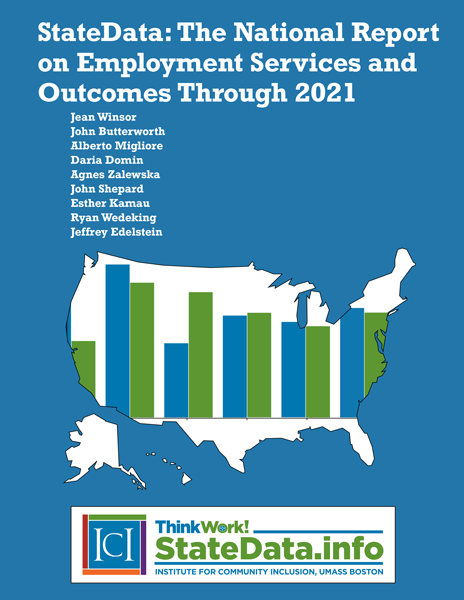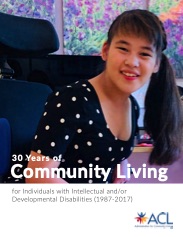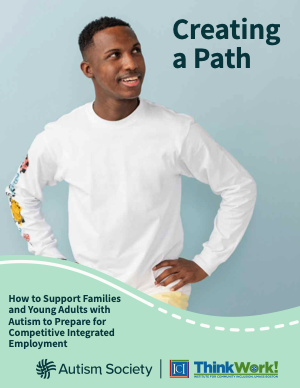Get the Blue Book

StateData: The National Report on Employment Services and Outcomes Through 2021
Read about the latest trends on employment and economic self-sufficiency for people with intellectual and developmental disabilities (IDD). The “Blue Book” provides national and state-by-state presentations of major employment trends and statistics.
To generate custom national and state-level statistics, go to StateData.info


